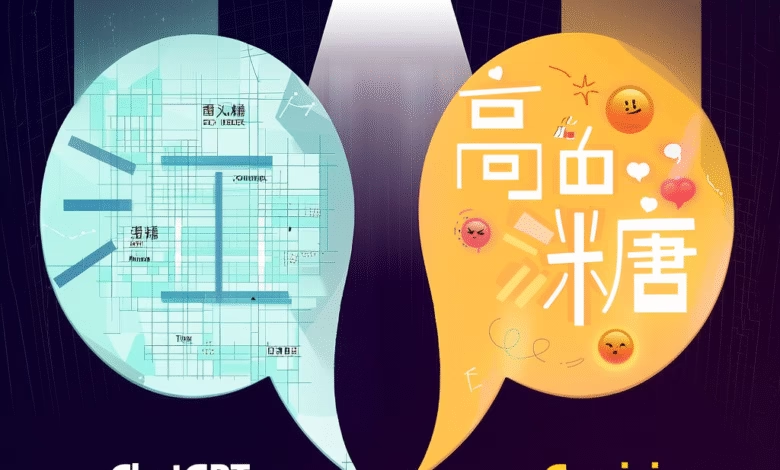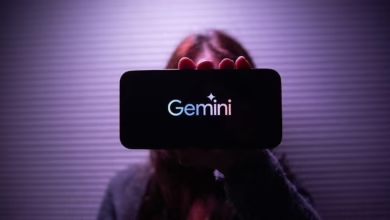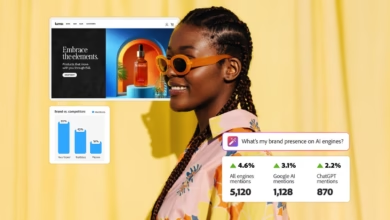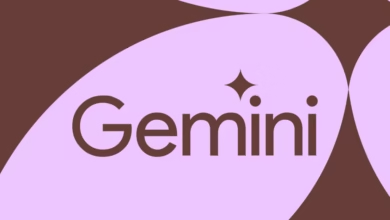ChatGPT vs. Gemini: How Their AI Writing Styles Differ

▼ Summary
– The article explores whether ChatGPT and similar AI tools have distinct “idiolects”—unique linguistic styles—similar to how humans express themselves differently based on factors like education or background.
– Forensic linguistics uses idiolects to analyze authorship, raising concerns about AI-generated content, such as students outsourcing writing assignments to chatbots.
– ChatGPT tends to use formal, academic language (e.g., “delve,” “underscore”), while tools like Gemini adopt more conversational phrasing (e.g., “high blood sugar” vs. “blood glucose levels”).
– A computational method called the Delta method revealed measurable differences in writing styles between ChatGPT and Gemini, confirming distinct idiolects.
– The emergence of idiolects in AI may reflect training patterns, priming, or emergent abilities, impacting debates about AI’s resemblance to human intelligence.
Understanding the distinct writing styles of AI chatbots like ChatGPT and Gemini reveals fascinating insights into how these tools process and generate language. When interacting with these models, users often notice subtle differences in tone, word choice, and structure, almost as if each AI has its own “voice.” This phenomenon, known as an idiolect in linguistics, refers to the unique way an individual or system expresses itself.
Recent research highlights how ChatGPT and Gemini exhibit measurable differences in their linguistic patterns, even when discussing the same topic. For instance, ChatGPT tends to favor formal, academic phrasing, frequently using terms like “delve,” “underscore,” and “commendable.” In contrast, Gemini adopts a more conversational tone, opting for simpler language such as “high blood sugar” instead of the clinical “blood glucose levels.” These distinctions aren’t random, they reflect deeper variations in how each model processes and reproduces language.
To analyze these differences, linguists employ computational methods like the Delta technique, which measures the frequency of specific words and phrases to determine stylistic uniqueness. When comparing diabetes-related texts generated by both models, ChatGPT’s outputs showed a clear stylistic distance from Gemini’s, confirming that each AI develops its own idiolect. For example, ChatGPT used “glucose” far more often than “sugar,” while Gemini did the opposite. These patterns suggest that AI models don’t merely regurgitate training data but develop preferences and habits in language use.
Why do these differences emerge? One theory points to the principle of least effort, where models default to familiar phrasing once it becomes ingrained during training. Another possibility is self-priming, where repeated word usage reinforces certain patterns over time. Additionally, these idiolects may reflect emergent abilities, skills the AI wasn’t explicitly programmed to perform but developed independently.
The implications are significant, especially in fields like education and forensics. Teachers concerned about AI-generated student work can now identify telltale linguistic markers to detect machine-written content. Similarly, understanding AI idiolects helps researchers track how these models evolve with updates, offering clues about their underlying intelligence.
While AI still falls short of human creativity, its ability to develop distinct writing styles suggests a step toward more nuanced language processing. Whether for academic integrity or linguistic research, recognizing these patterns provides valuable tools for navigating an increasingly AI-augmented world.
(Source: Scientific American)






